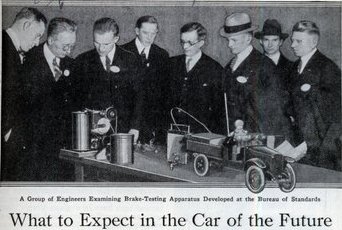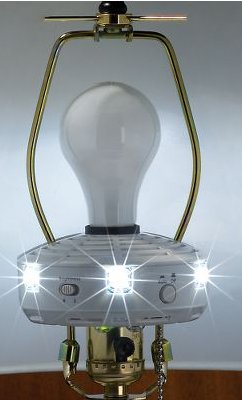While reading a commentary at Coding Horror on the fallibility of tabbed interfaces, I found reference to a really slick tool for better managing windows, processes, and yes, even tabs in Windows. Called Enso Launcher, this application gives you a stupidly simple method of finding the program or tab you want to use.
On average, it takes over 10 seconds to open Notepad using the Start menu–and that’s if you happen to remember that Notepad is in the Start menu. By the time you find it, you’ll probably have forgotten what you wanted to jot down in the first place. Enso Launcher typically takes just over half a second-20 times faster than the Start menu.
nso Launcher’s open command places applications, websites, and files at your fingertips. No more time wasted digging through the Start menu; no more time spent learning your web browser’s latest Bookmarks system. Enso Launcher even passes the Over the Phone Test-which the Start menu certainly doesn’t do. To see how all this works, click on the movie below.
There is a video on the site (which plays inline, so you don’t need to open another program or anything) showing just how simple the tool is to use.
After having looked at this tool, I decided to check out their other product – Enso Words – and let me tell you – this is the Humanized tool that really caught my interest. It is a universally accessible (for universal values equal to the computer you have it installed on and running) spell-checker that’s damn smart about working with you to correct spelling errors. From what I’ve seen of it, this is a real gem.
Spell check is a fundamental: wherever you type, you’ll need to check spelling. So why isn’t it available everywhere? With Enso Words, it is. From Microsoft Word to Mozilla Firefox to Macromedia Fireworks, Enso Words gives you a spell check that makes the others jealous. It’s simple and it’s elegant: it really feels like magic.
There is a video (again, inline) on the page that shows just how slick and smart this tool is. It’s a $20 (minus a nickel) purchase with a free trial download available. I plan on testing this on my desktop today or tomorrow when I have a few free minutes. If it works just as well as it appears to in the videos, I’ll be getting spendy on it. This looks to be even more useful and accessible than the online spellchecked SpellJax that I highlighted here recently in the asides section (right sidebar).
[tags]Words, Enso, Humanized, Spell checking, Useful tools, Stupidly simple, Interface, Design[/tags]
.


 This device attaches between the socket and bulb of a standard table or floor lamp and automatically provides up to 8 hours of uninterrupted light from six bright LEDs as soon as power is lost, eliminating the need to search for flashlights during a blackout. Powered by built-in rechargeable batteries that automatically recharge via the lamp socket once power is restored and never require replacement, the device has an integrated photocell that detects ambient light and prevents the LEDs from turning on during the daytime or when power is restored. Compatible with incandescent and compact fluorescent bulbs. 5″ H x 5″ W x 3″ D. (3 1/2 lbs.)
This device attaches between the socket and bulb of a standard table or floor lamp and automatically provides up to 8 hours of uninterrupted light from six bright LEDs as soon as power is lost, eliminating the need to search for flashlights during a blackout. Powered by built-in rechargeable batteries that automatically recharge via the lamp socket once power is restored and never require replacement, the device has an integrated photocell that detects ambient light and prevents the LEDs from turning on during the daytime or when power is restored. Compatible with incandescent and compact fluorescent bulbs. 5″ H x 5″ W x 3″ D. (3 1/2 lbs.)



 This transparent toaster allows you to see the bread while it is toasting so you’re never surprised by toast that comes out too dark. This idea is based on the transparent heating glass featured in this issue. Although the glass does not currently get hot enough to toast bread, someday this application may be possible. The concept was developed by the Inventables Concept Studio.
This transparent toaster allows you to see the bread while it is toasting so you’re never surprised by toast that comes out too dark. This idea is based on the transparent heating glass featured in this issue. Although the glass does not currently get hot enough to toast bread, someday this application may be possible. The concept was developed by the Inventables Concept Studio.